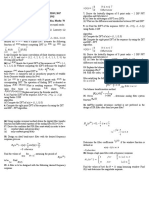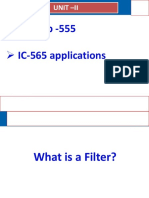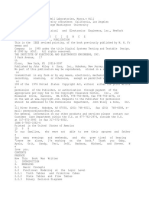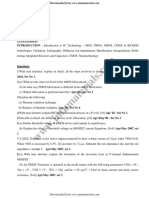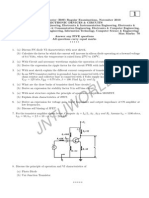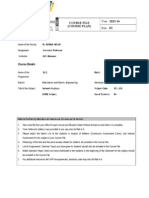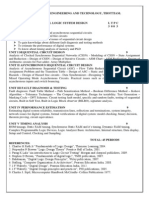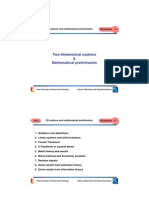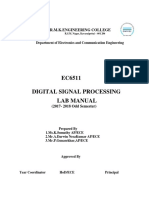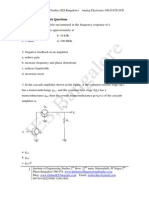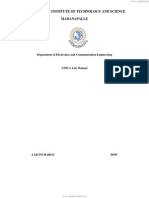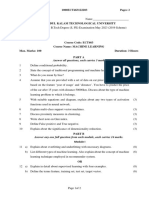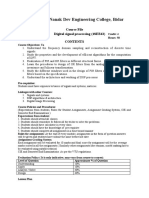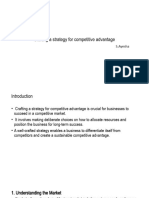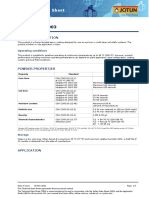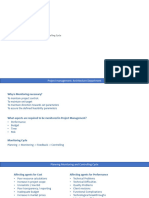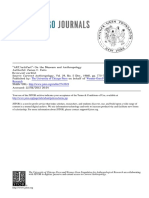0% found this document useful (0 votes)
306 views15 pagesNeural Semiconductor Limited: Digital VLSI Testing Lecture-2 (Introduction)
This document discusses digital VLSI testing at various levels of abstraction, from chip to system level. It covers topics like simulation testing, quantifying quality metrics like yield and reject rates, system level operation factors like failure rates and reliability, and approaches to system level testing. The document also discusses test generation methods like exhaustive, functional and structural testing. It describes concepts like fault coverage, fault detection efficiency, and the goal of finding efficient test vectors. Common fault models and how they can reduce simulation time by removing equivalent faults are also summarized.
Uploaded by
Anik PaulCopyright
© © All Rights Reserved
We take content rights seriously. If you suspect this is your content, claim it here.
Available Formats
Download as PPTX, PDF, TXT or read online on Scribd
0% found this document useful (0 votes)
306 views15 pagesNeural Semiconductor Limited: Digital VLSI Testing Lecture-2 (Introduction)
This document discusses digital VLSI testing at various levels of abstraction, from chip to system level. It covers topics like simulation testing, quantifying quality metrics like yield and reject rates, system level operation factors like failure rates and reliability, and approaches to system level testing. The document also discusses test generation methods like exhaustive, functional and structural testing. It describes concepts like fault coverage, fault detection efficiency, and the goal of finding efficient test vectors. Common fault models and how they can reduce simulation time by removing equivalent faults are also summarized.
Uploaded by
Anik PaulCopyright
© © All Rights Reserved
We take content rights seriously. If you suspect this is your content, claim it here.
Available Formats
Download as PPTX, PDF, TXT or read online on Scribd
/ 15


